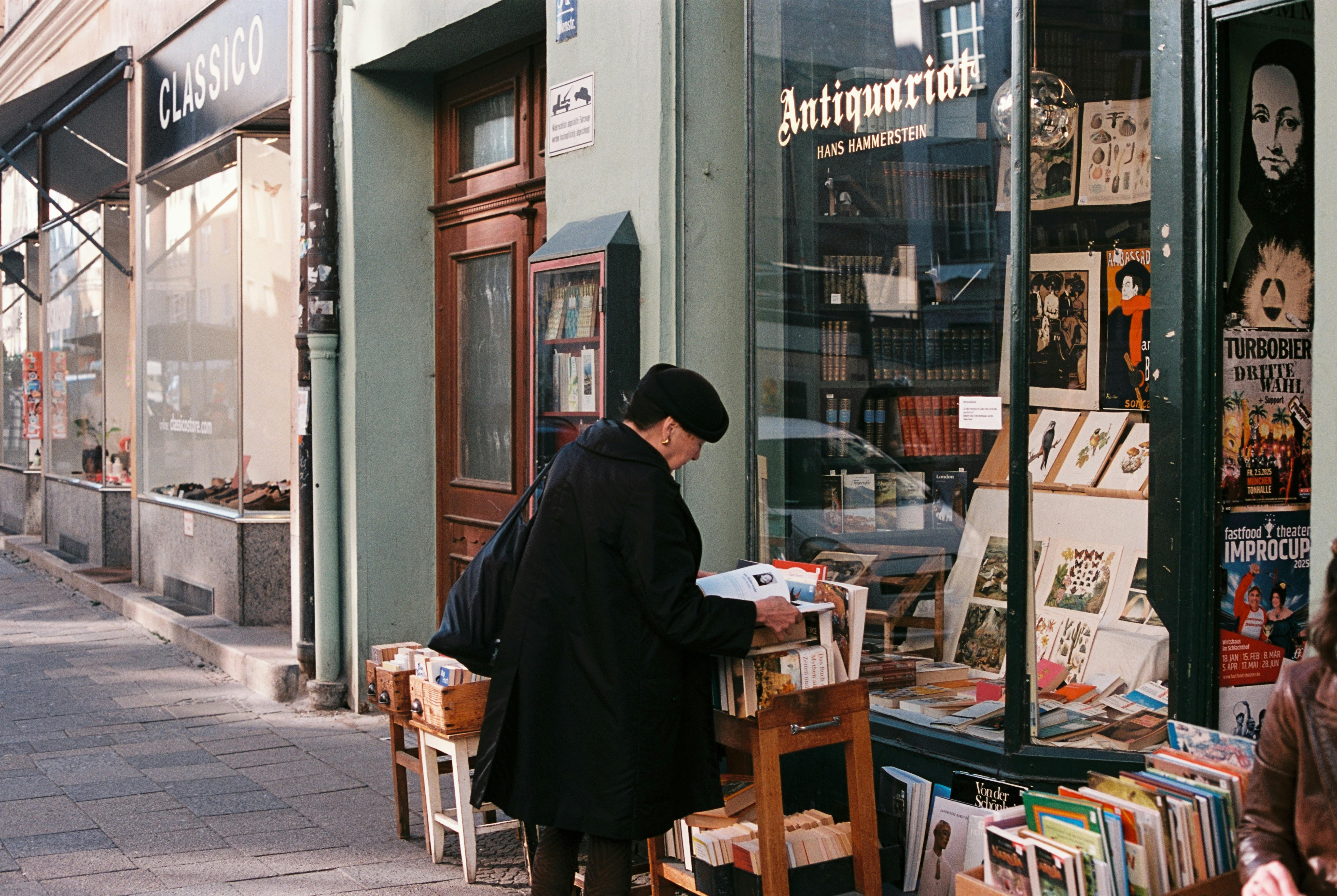Discover the Charm of Hawaii Travel Posters Vintage
Few artistic genres capture the spirit of adventure quite like hawaii travel posters vintage. These iconic visuals evoke a nostalgic allure that transcends generations and design trends. In this article, you’ll discover the history, significance, and practical applications of vintage Hawaiian travel posters—from collectible art to modern-day decor inspiration.

Understanding the Fundamentals
At the heart of the hawaii travel posters vintage aesthetic lies a perfect blend of escapism, romanticism, and bold artistry. Emerging during the golden age of tourism, these posters were originally created to entice mainland Americans to explore the lush beauty of the Hawaiian Islands. Today, they remain symbols of both cultural identity and graphic innovation.
The fundamentals of these posters go beyond design—they represent a time when Hawaii was marketed as a dream destination. By understanding this core, you can better appreciate their ongoing appeal and relevance in today’s design world.
1.1 The Roots of Island Imagery
Hawaii travel posters vintage art often featured swaying palm trees, serene hula dancers, volcanic landscapes, and surfers frozen mid-wave. These images weren’t just artistic—they were marketing tools from the 1920s through the 1960s, especially during the postwar boom of air travel.
Real-world examples include posters commissioned by Pan Am and Matson Lines, which became visual staples in travel agencies across the U.S. Common misconceptions suggest these posters were only decorative, but they played a key role in shaping the perception of Hawaii as a paradise worth visiting.
1.2 Visual Storytelling and Symbolism
Unlike contemporary posters, vintage Hawaiian travel art relies heavily on symbolism. The volcano might represent adventure, while a calm beach scene evokes relaxation. These contrasts are essential in creating a holistic fantasy of the islands.
Such storytelling made each poster a narrative in itself. Collectors today value these pieces not just for aesthetics but also for the stories they tell about tourism, colonialism, and cultural identity.
Practical Implementation Guide
Once you understand the visual language of hawaii travel posters vintage, it’s time to explore how to use them in contemporary contexts—from interior decor to brand identity. Expect your spaces or designs to take on a warm, inviting tone steeped in timeless charm.

2.1 Actionable Steps
- Identify Your Theme: Choose a specific mood—tropical, retro, or nautical—to ensure design consistency.
- Select Posters by Era: Art from the 1930s differs stylistically from the 1960s. Consider using older posters for a more rustic appeal and newer ones for vibrant flair.
- Frame and Placement: Opt for distressed wood or bamboo frames. Ideal placements include entryways, lounge areas, or workspace walls.
2.2 Overcoming Challenges
Common obstacles include finding authentic pieces, overusing the motif, and clashing styles. Look for high-quality reprints if originals are out of reach. Avoid saturating a space with too many posters—balance is key. Match tones and hues for a cohesive environment.
Expert tips include sourcing from reputable galleries or reproduction outlets and mixing in modern minimalist furniture to let the artwork shine.
Advanced Applications
Beyond home decor, hawaii travel posters vintage art can play a sophisticated role in branding, advertising, and event design. Businesses often use retro visuals to evoke trust, nostalgia, and uniqueness—especially in tourism and hospitality sectors.

3.1 Branding Through Nostalgia
Restaurants, surf shops, and resorts often reimagine these vintage designs for logos, menus, and signage. Case studies show increased customer engagement when a business leverages retro Hawaiian aesthetics. Metrics such as higher dwell time and social shares often correlate with these design choices.
3.2 Integration into Digital Spaces
Websites and social media platforms can incorporate elements like stylized fonts, color palettes, and motifs from hawaii travel posters vintage. Be cautious about scalability and resolution, particularly when digitizing analog designs. Compatibility with modern responsive design systems is critical for successful implementation.
Future Outlook
Emerging trends suggest a resurgence of mid-century modern influences in design. The hawaii travel posters vintage niche is poised to benefit from this renewed interest, especially among younger generations drawn to analog aesthetics.
To prepare, keep an eye on hybrid styles blending traditional poster art with augmented reality or NFT frameworks. The next 3-5 years may see these visuals reimagined in immersive digital formats or interactive exhibits.
Conclusion
To recap, hawaii travel posters vintage offer aesthetic value, cultural insight, and practical application. They blend art, history, and escapism into a single compelling narrative.
If you’re seeking to elevate your space or brand with timeless charm, start by exploring this unique visual tradition. Consider investing in a few pieces or reprints today to begin your journey into tropical nostalgia.
Frequently Asked Questions
- Q: What are hawaii travel posters vintage? These are decorative prints from the early-to-mid 20th century promoting Hawaiian tourism through colorful, symbolic visuals.
- Q: How do I start collecting them? Begin with high-quality reprints from trusted sources. If your budget allows, search auctions or vintage stores for originals.
- Q: How much time does it take to build a collection? Casual collectors may build a decent set in 3-6 months. Serious collecting can take years depending on rarity.
- Q: What do these posters cost? Reprints range from $20 to $100. Authentic originals can cost $300 to several thousand, depending on condition and rarity.
- Q: Are these posters better than modern travel art? They offer a nostalgic, hand-crafted quality that many find superior to digitally produced art. However, preferences vary.
- Q: Are they difficult to frame or maintain? No, but originals may require UV glass and controlled environments. Reprints are low maintenance and easy to frame.
- Q: Can these posters work in commercial spaces? Absolutely. They’re ideal for hotels, cafes, boutiques, and offices aiming to create a welcoming and unique atmosphere.
